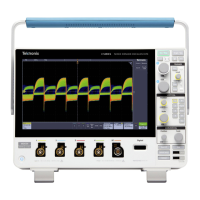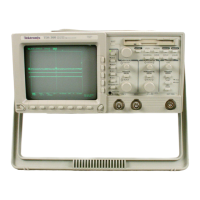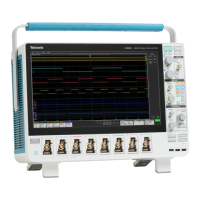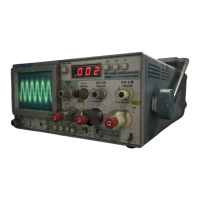
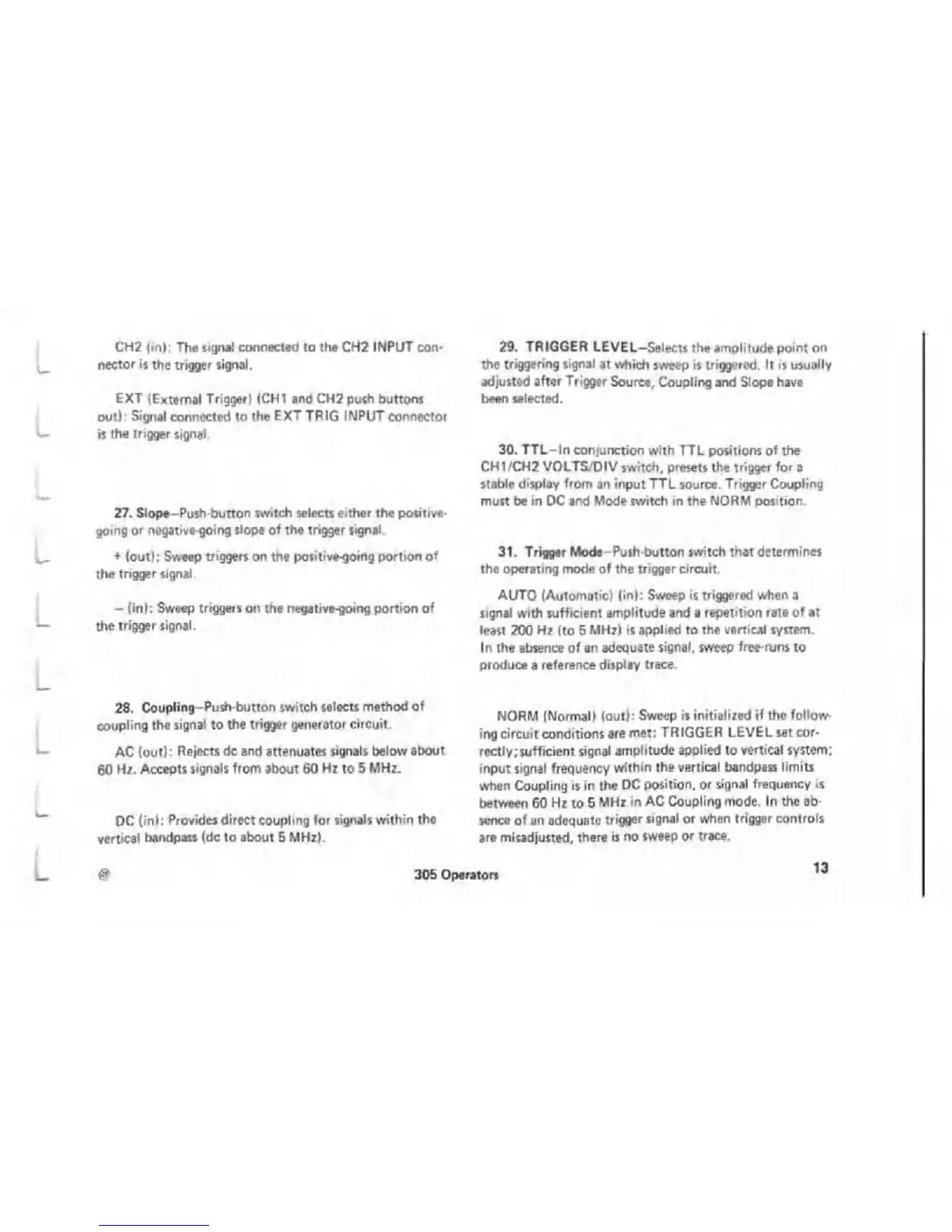
Do you have a question about the Tektronix 305 DMM and is the answer not in the manual?
| DC Voltage Ranges | 200 mV, 2 V, 20 V, 200 V, 1000 V |
|---|---|
| Diode Test | Yes |
| Continuity Test | Yes |
| Input Impedance | 10 MΩ |
| Power Supply | 9 V battery |
| Type | Digital Multimeter |
| Display | 3.5 digit LCD |
| AC Voltage Ranges | 200 V, 750 V |
| DC Current Ranges | 20 mA, 200 mA, 10 A |
| Resistance Ranges | 200 Ω, 2 kΩ, 20 kΩ, 200 kΩ, 2 MΩ |
Guidelines to ensure safe operation and protect the operator.
Information on power sources for the instrument's operation.
Procedures for measuring DC voltage using the digital multimeter.
Measuring the amplitude of any point on a waveform with respect to ground.
Measuring the peak-to-peak amplitude of a signal using the oscilloscope.
Measuring time duration and calculating frequency of signals.
Measuring time difference between two pulse waveforms from different sources.
Comparing phase between two signals of the same frequency.
Improving accuracy for phase differences less than 45 degrees.
Measuring the time it takes for a signal to rise from 10% to 90%.
Performance requirements for electrical characteristics.




